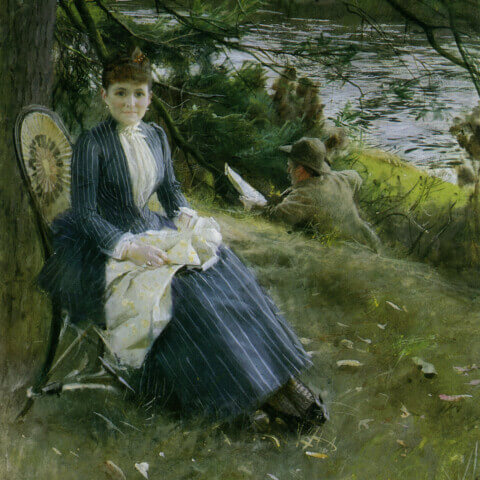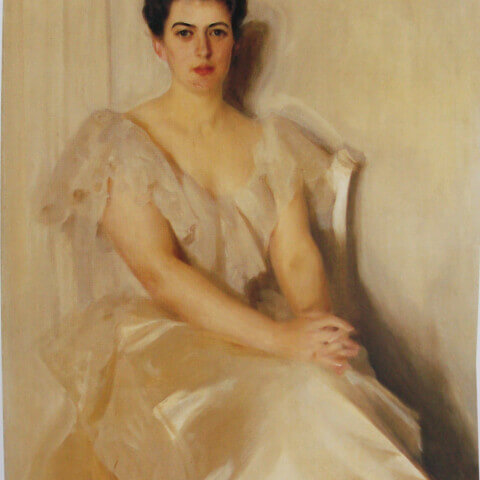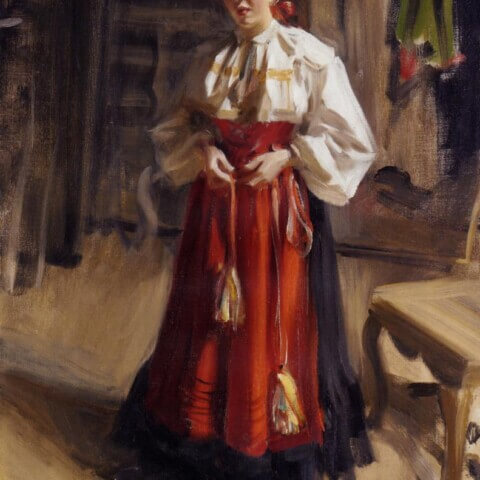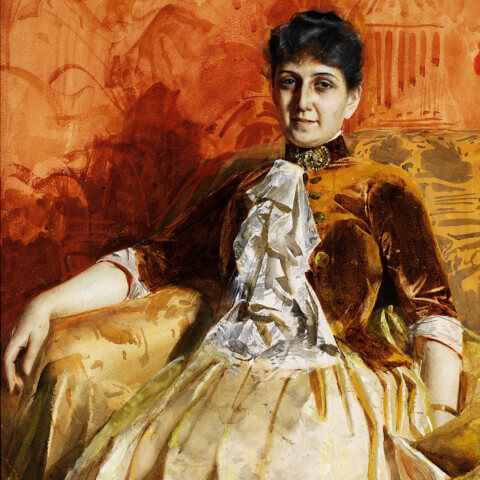Anders Zorn
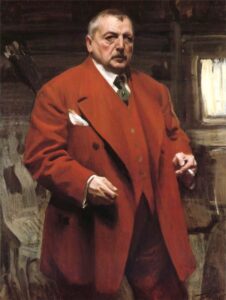
Anders Leonard Zorn (1860–1920) was a Swedish artist, widely recognized for his outstanding abilities as a painter, sculptor, and etcher. Known for his proficiency in portraiture and his depictions of the Swedish countryside and people, Zorn managed to establish an international reputation that continues to endure more than a century after his passing.
Zorn was born on February 18, 1860, in Mora, Dalarna, Sweden. Raised by his mother in the absence of his father, he demonstrated artistic talent from an early age. In 1875, he commenced formal training at the Royal Swedish Academy of Arts in Stockholm, where he honed his skills in drawing, painting, and sculpture.
Early in his career, Zorn primarily painted watercolor landscapes and genre scenes. His skill was quickly recognized, and he soon received critical acclaim at the Paris Salon of 1880. Zorn’s style evolved over time, and he began to work with oils, producing exquisite portraits and nudes. His technique combined loose brushwork reminiscent of Impressionism with a masterful grasp of realistic detail, a combination that became his hallmark.
Zorn traveled extensively throughout his life, living in London, Paris, and the United States at different periods. He painted portraits of several notable figures, including three American Presidents—Grover Cleveland, William H. Taft, and Theodore Roosevelt. His international success brought him considerable wealth, which he used to support cultural and charitable initiatives in his hometown.
Despite his international acclaim, Zorn always remained closely tied to his Swedish roots. His most iconic works, such as “Midsummer Dance” (1897), depict the culture and landscapes of his native Dalarna. In addition to his painting, Zorn is also known for his masterful etchings, with subjects ranging from Parisian life to famous portraits.
In 1904, along with his wife Emma, Zorn established the Zorn Museum in Mora. The museum, built to preserve his art and collections of Swedish cultural artifacts, continues to be a major tourist destination in Sweden.
Anders Zorn died on August 22, 1920, leaving behind a rich artistic legacy. Today, his work is displayed in prominent museums worldwide, including the Musée d’Orsay in Paris, the Metropolitan Museum of Art in New York, and the National Museum in Stockholm. His unique blend of realism and impressionism, coupled with his keen eye for detail and color, has cemented him as one of the most significant and celebrated figures in Swedish art history.
- 1
- 2



